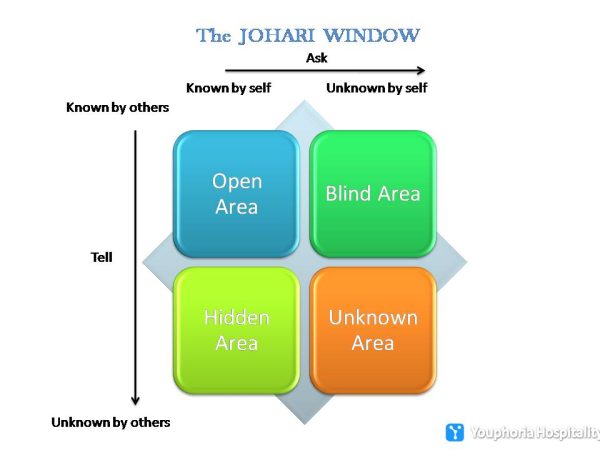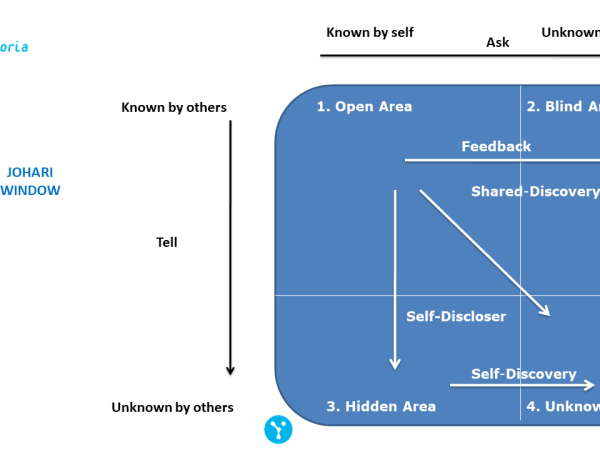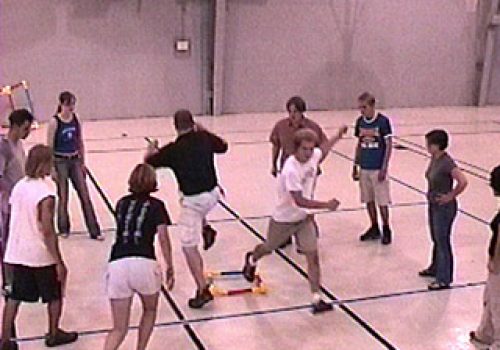Johari Window
The Johari window is a method made in 1955 by two American therapists, Joseph Luft (1916–2014) and Harrington Ingham (1914–1995), to help individuals better comprehend their relationship with themselves as well as other people. It is utilized essentially in self-improvement gatherings and corporate settings as a heuristic exercise.
When playing out the activity, subjects are given 58 descriptive words and pick five or six that they feel depict their character. Friends of the subject are then given a similar rundown, and each picks five or six modifiers that depict the issue. These modifiers are then planned into a framework.
Charles Handy considers this idea the Johari House with four rooms. Room 1 is simply the part that we see and others see. Room 2 is the viewpoint that others see however we don’t know about. Room 4 is the most secretive room in that the oblivious or subliminal piece of us is seen by neither ourselves nor others. Room 3 is our private space, which we know yet keep from others.



Open or Arena: Adjectives that are chosen by both the member and their companions are put out of the dark or Arena quadrant. This quadrant addresses characteristics of the subjects that both they and their friends know about.
Hidden or Façade: Adjectives have been chosen exclusively by subjects, yet not by any of their friends, and are set into the Hidden or Façade quadrant, addressing data about them their companions are unconscious of. It is then dependent upon the subject to reveal this data or not.
Blind: Adjectives that are not chosen by subjects yet exclusively by their friends are set into the Blind Spot quadrant. These address data that the subject doesn’t know about, but others are, and they can choose whether and how to educate the person about these “vulnerable sides.”
Unknown area: Adjectives that were not chosen by either subjects or their companions stay in the Unknown quadrant, addressing the member’s practices or intentions not perceived by anybody partaking. This might be because they don’t matter or because there is aggregate obliviousness to these qualities’ presence. One aspect of interest here is our human potential. Our latent capacity is obscure to us and others.
Johari Adjectives:
A Johari window comprises the accompanying 55 descriptors utilized as potential depictions of the member.
Johari Window
- 10-500
- Low
- Hybrid
- 60-90 min
- Sentimental
- Sympathetic
- Self-Assertive
- Self-Conscious

Similar Activities
- GROWING BETTER EVERY MINUTE
Get your Business
Right up There
Identifying the missing pieces in the organization or the fading magic of it or perhaps just a lack of acceptance of the same; one of these is enough to get any organization into the act. As it is been rightly said “Acceptance first step towards transformation.” You cannot change if you don’t know where to start and those around you!







